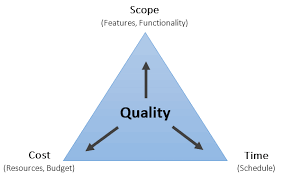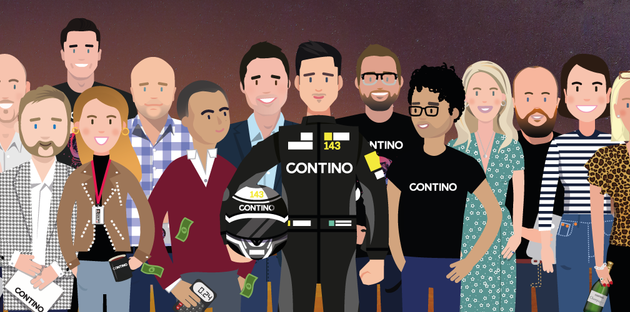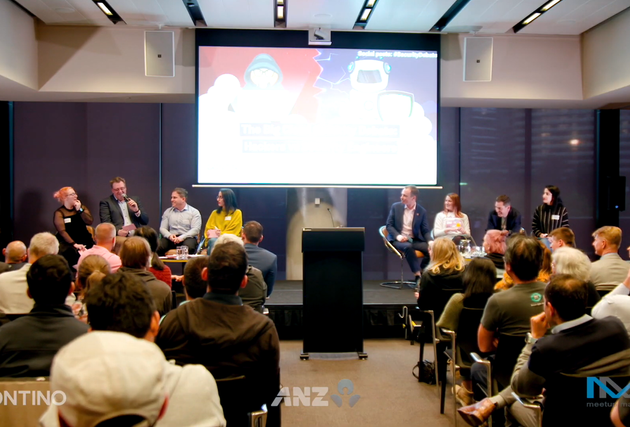What Santa Claus Can Teach Us About Agile Software Delivery
Imagine...you are five years old. It is Christmas time!
You are excited about Santa Claus bringing you that one present you have been dreaming of for almost a year. You are also amazed how Santa can actually do that: deliver presents to so many children all over the globe in one night - he must be a superhero!
Jingle Bells, Jingle Bells
Finally, the time has come.
You understand that he had no time to say hello, but he left you a wrapped gift box. Is it really that little white matchbox car that you were hoping for?
You start unwrapping the present and there it is: yes, a matchbox car! You love that shape of the car...but, hold on, why is it green and not white? That is all you asked for: a little white car.
You can’t believe it! How could Santa get it so wrong? And now you have to wait a whole year until you’ll have a chance to get what you actually wanted!
For your childhood self, the past year of being good was just a massive waste of time!
Product Owners and Santa Claus
To product owners out there, this may sound familiar!
During my previous engagements I observed too many times that a product owner does not get the outcome that she or he expected. The software you wanted to build is finally complete...but it’s missed the point! It’s now effectively useless and you have to wait another complete turn of the cycle to get back on track, by which point the market has moved on!
Therefore it is very likely that the offering will also fail to meet the expectations of customers. In times of cloud adoption and machine-learning based customer insights your business will fall behind very quickly and eventually get ‘blockbustered’.
We can see how Santa’s limitations map over onto product owner problems.
Santa had a number of issues:
- Only able to deliver once a year
- Siloed requirements gathering
- Feedback only at the end of the cycle
Why Do you Need to be Better than Santa?
Santa had all the best intentions, but working hard does not mean that you will succeed.
You also have to work smart, collaborate with your stakeholders and improve continuously.
You want to make sure you understand your customer needs. Ideally you are even a step ahead and let them trial something before they even realise this is what they have been waiting for.
Back to Santa: he got a couple of things right and let’s have a look at that.
What Has Santa Done Right?
Santa had the best intentions you could imagine but like everyone else he had to master the “project management triangle” pictured below:
A quick assessment of the three parameters gives us the following:
- Time: Santa had one year to prepare for the delivery and he delivered a matchbox car on time - but it was the wrong car. If he gets it right at the next opportunity he will be one year late - fail
- Scope: Santa delivered the matchbox car that the child wanted - partial success (with a caveat: wrong colour)
- Cost: He probably had a constraint there too, and he managed to stay within budget. But it was the wrong car and he needs to deliver again, which will double the cost - fail
- Good intention: Finally this is something he got right. Unfortunately the intention does not change the outcome and it is also not part of the triangle - not relevant
Looking at the project management triangle the result doesn’t look too good and we can see some unhappy faces.
Similarly, product owners fail to deliver what customers want and therefore we want to look into possible improvements.
How Can Santa Improve?
Getting feedback from stakeholders once a year is not enough. Things change - the market, the competitors and the customer demand. How do we make sure we understand what the expected outcome is and that we can deliver it in an effective way? There are a couple of things that will help us:
- Continuous feedback from your stakeholders: Make sure the delivery is aligned with stakeholder expectations, which might change, e.g. because of new legislations or a changing market. The most powerful technique to do that are regular playbacks at the end of a sprint. This way every stakeholder gets the opportunity to experience where the team is up to. Short intervals and release cycles will help to get continuous feedback.
- Continuous feedback from your team: A regular catch-up with the team where you figure out what went well and what didn’t, will help you to identify gaps and things you need to continue doing. This will help the team to improve continuously.
- Collaborate: Communication with team members needs to be efficient. A daily stand-up will help you to make sure everyone knows what the team members are doing and if there are any impediments. This is of course not the only way to call out any blockers and you will still need to collaborate throughout the day.
- Cross-functional team: By establishing cross-functional teams you can reduce the waiting times that you have in a typical waterfall approach to a minimum: e.g. waiting for procurement before an AWS account can be created.
In all fairness, children would not be that excited about Christmas if they were involved in all the above ceremonies. Also, celebrating Christmas every two weeks might wear off fairly quickly. But your business will benefit if you adopt the above routines.
How Can Contino Help You to Improve?
Contino has a proven methodology to improve the ways of working. Contino has a structured delivery framework called “Momentum”. It helps transforming enterprise IT to a DevOps operating model and culture. The methodology follows the following principles:
- Lightweight: flexible to client needs
- Opinionated: based on what we know works
- Scalable: secures proof points for DevOps before accelerating
- Measurable: we use our proprietary DevOps maturity database to track performance
- Holistic: covers all people, process and technology aspects of transformation
- Proven: tested with some of the largest and most ambitious DevOps transformations in the world
Contino is helping customers all over the world to improve their business outcome, by reducing their delivery life-cycle to achieve a better customer engagement.
This Christmas time we might even get a call from Santa to help him out - who knows?
Until then: Merry Christmas to all, and to all a good night.





